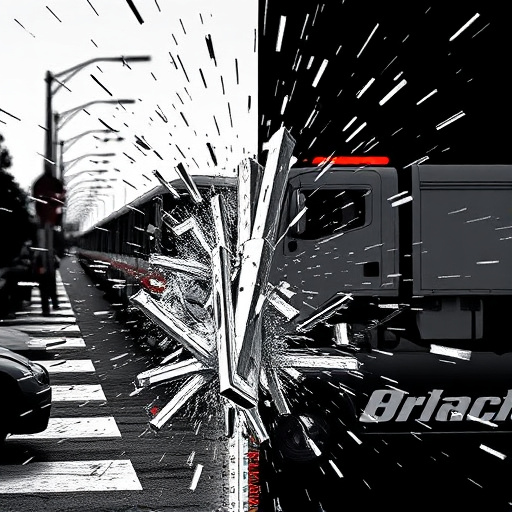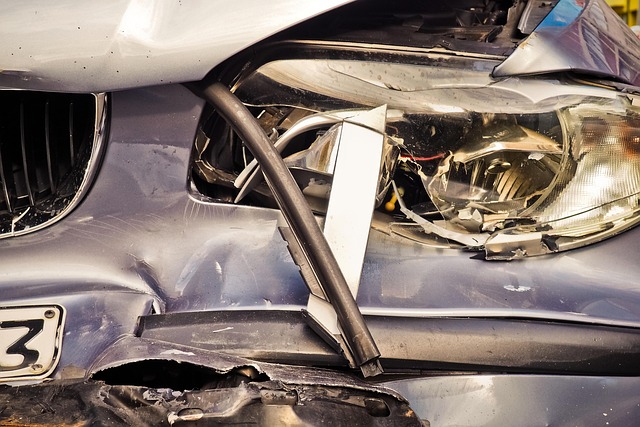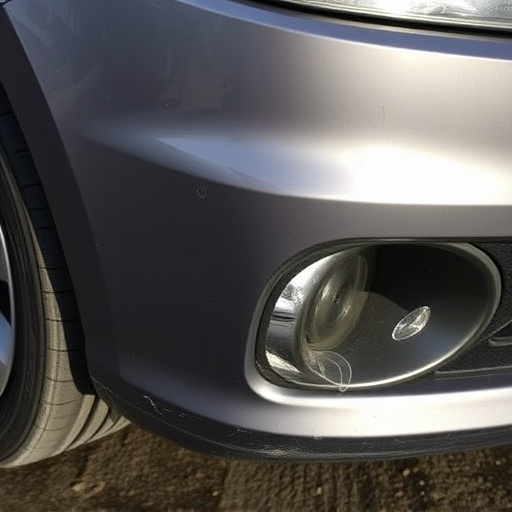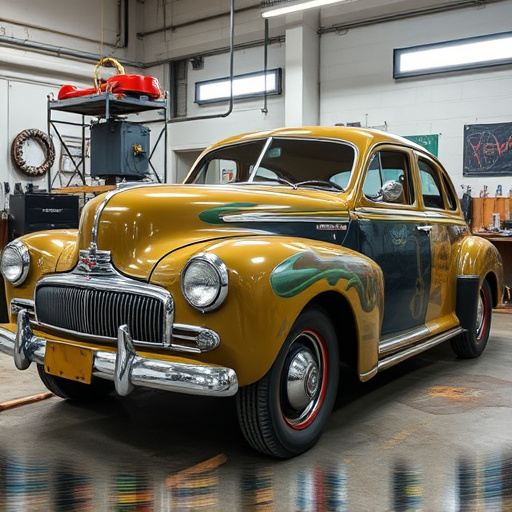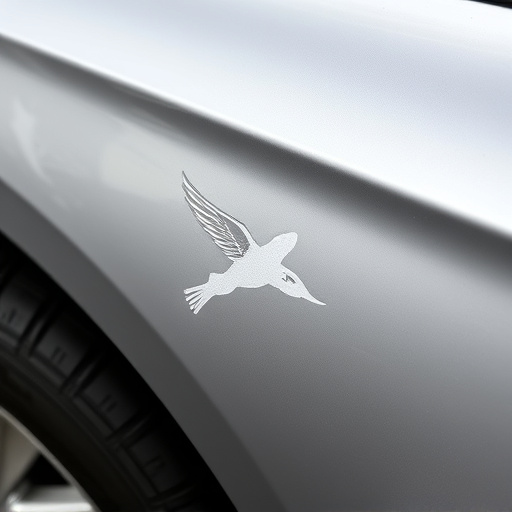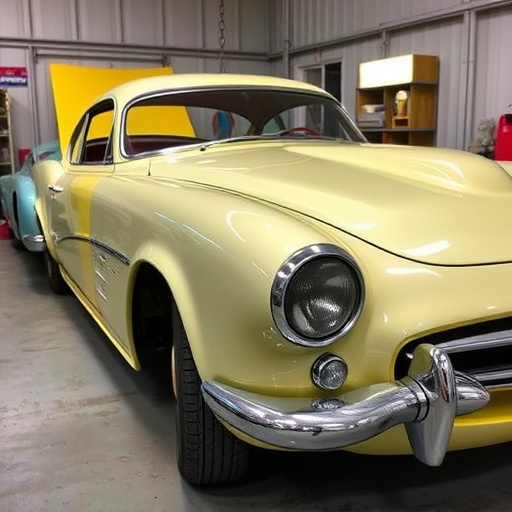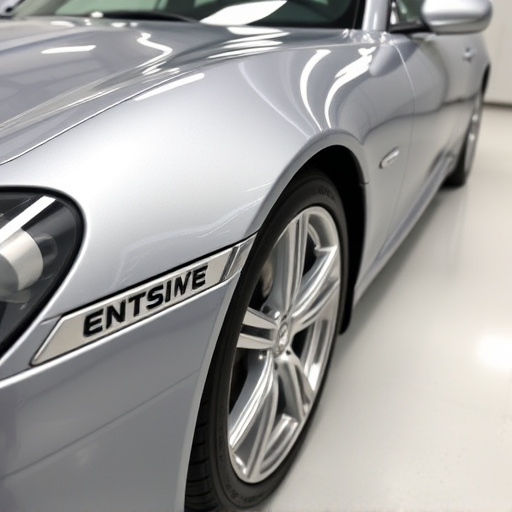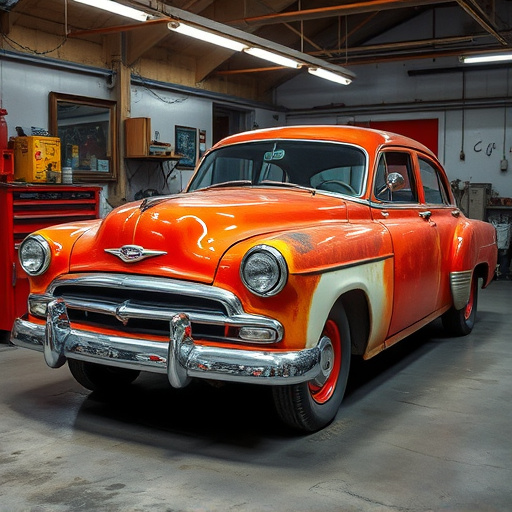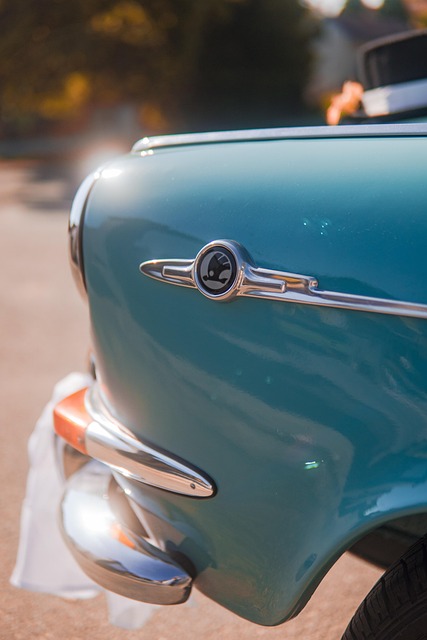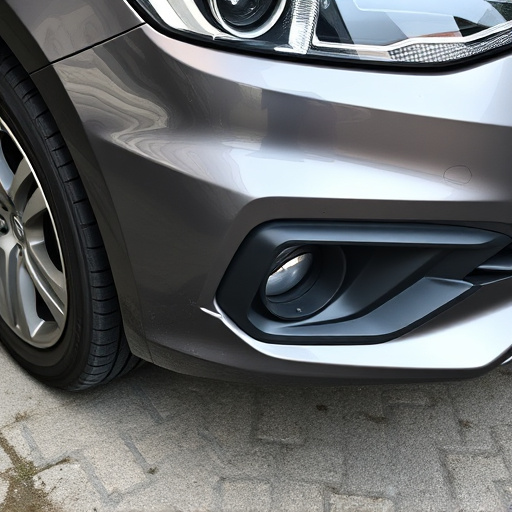High-quality repair photo documentation is crucial in vehicle body shops for accurate assessments and clear communication. Using strategic positioning and direct lighting, well-lit images from various angles aid in documenting damage, streamlining repairs, saving time, and enhancing trust between clients and technicians, adhering to industry standards and facilitating insurance claims processes.
In the realm of repair and maintenance, meticulous photo documentation is paramount. However, common pitfalls can hinder its effectiveness. This article guides you through three critical mistakes to avoid when documenting repairs. By steering clear of obscure angles and shadowed areas, incorporating relevant context, and prioritizing unique perspectives, your repair photos will be more insightful and accurate, ensuring better decision-making and smoother processes. Master these principles for optimal repair photo documentation.
- Avoid Obscure Angles and Shadowed Areas
- Include Relevant Context and Reference Points
- Forgo Redundancy: Capture Unique Perspectives First
Avoid Obscure Angles and Shadowed Areas
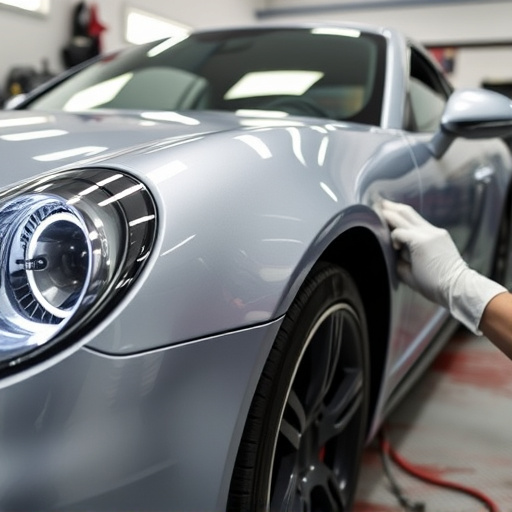
Taking photos for repair documentation is a crucial step to ensure accurate and detailed records. However, one common mistake many make is capturing images from obscure angles or shadowed areas. These can render vital details invisible or distorted, leading to miscommunication and potential errors during the repair process. In a vehicle body shop, collision repair shop, or auto body shop, every component matters, making it essential to ensure all parts are clearly visible in photos.
To achieve optimal documentation, aim for well-lit, direct lighting when taking pictures. Position yourself strategically to capture all relevant angles and ensure the photo quality is crisp and clear. This practice not only facilitates a more accurate assessment but also saves time and effort during the repair and replacement phases, fostering a smoother overall process.
Include Relevant Context and Reference Points
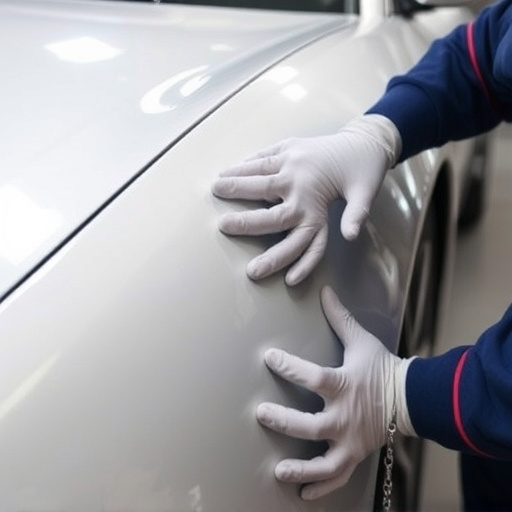
In the realm of automotive repairs, particularly at an auto collision center or car dent repair shop, proper documentation is paramount. Repair photo documentation serves as a detailed record of the damage, repair process, and final outcome. It’s not merely about capturing before-and-after images; it involves accurately representing the scope of work, ensuring transparency for both the client and the repair technicians. This comprehensive approach enhances trust and facilitates effective communication throughout the collision repair services process.
Relevant context includes understanding that each auto collision center may have unique practices, but adhering to industry standards is crucial. High-quality, clear photographs taken from various angles can help in accurately diagnosing issues, especially in cases of complex car dent repairs. These visual aids not only streamline the insurance claims process but also enable clients to make informed decisions about their vehicle’s restoration.
Forgo Redundancy: Capture Unique Perspectives First
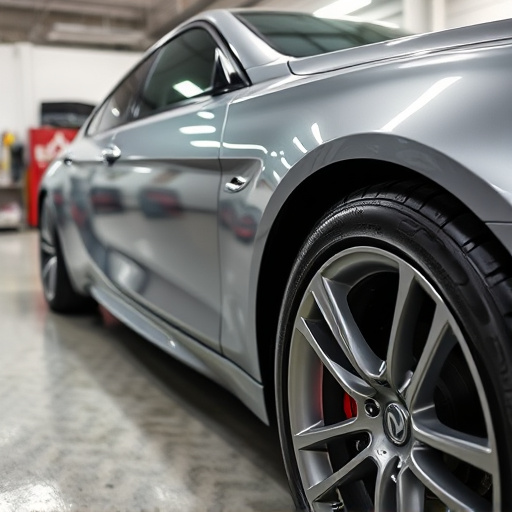
When documenting repair work, it’s easy to fall into the trap of capturing photos from the same old angles—a front-on view or a straight-down shot. But for effective and detailed repair photo documentation, strive to go beyond redundancy. Instead, aim to capture unique perspectives that showcase the repair process from different viewpoints. For instance, photograph car paint repairs from above, revealing the extent of damage or the intricate details of the touch-up work.
A diverse set of images enables you to communicate complex repairs accurately, whether it’s auto repair near me or vehicle paint repair. It allows viewers to understand the scope of the job and appreciate the craftsmanship involved. So, before you snap a photo, take a moment to consider what unique angle will best convey the repair’s intricacies—this thoughtful approach can significantly enhance your documentation.
When documenting repair work, clear and comprehensive photography is key. By steering clear of obscure angles, incorporating relevant context, and prioritizing unique perspectives, you can create an invaluable record that enhances communication and ensures accurate repairs. Remember, quality repair photo documentation is not just about capturing the obvious; it’s about telling a visual story that facilitates efficient troubleshooting and informed decision-making.
